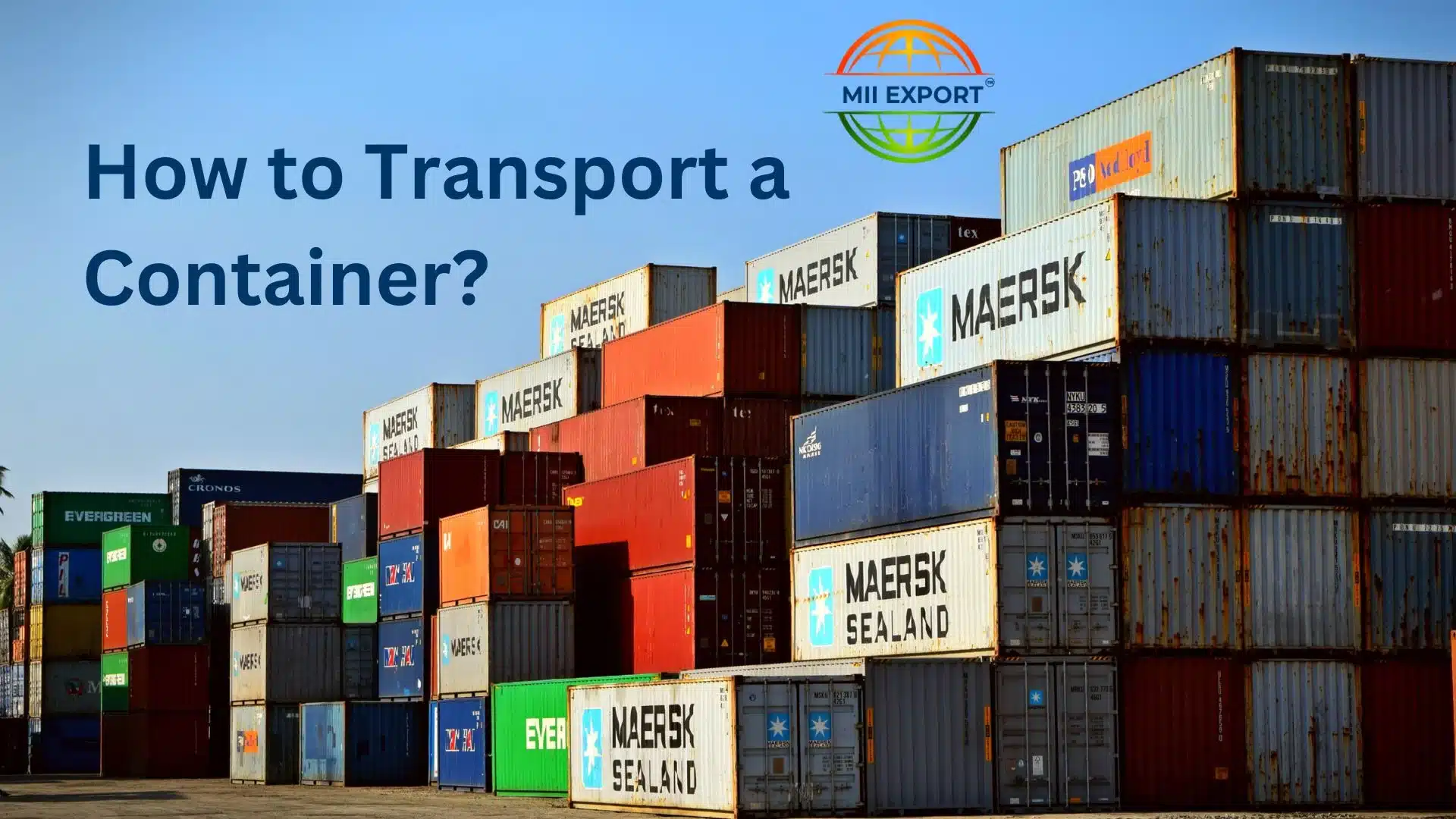Globalization has united the world’s markets, resulting in increased transit of commodities and services. Yet, transportation is becoming more popular by the day. Do you aware that this shipping method involves several procedures?
There are two documentation and five physical shipping processes that we must master while studying shipping procedures. Growth in e-commerce enterprises, both small and large, and therefore the shipping and transportation facilities are increasingly disposed of. Hence, we must be aware of the seven international container shipping methods while employing this shipping in foreign markets.
What are the Seven Stages of Container Shipping?
We must be wary of many ideas and methods when launching an import-export firm, such as how to ship containers, the procedure, and the documentation needs. Thus, if you have similar concerns, you may stick with us.
Container shipping process steps :
- Export Haulage
This initial stage comprises transporting containers from the shipper’s location to the forwarder’s location. Initially, there is local transportation by road or rail, and the local carriers deliver the container to the chosen export agency. - Export customs clearance
This is the second stage of the shipment’s paperwork clearance. We must clear these customs restrictions before shipping the shipment to a foreign nation. Customs clearance regulatory agencies will provide clearance and approve the shipping of the container. When there is a green flag for shipping, the following procedure in shipment begins. - Origin Handling
The physical handling of the shipment is referred to as origin handling. In this step, cargo is inspected in the warehouse before it is loaded for transport. Several parties execute the inspection procedure at this step and once finished, it is sent ahead for shipping. - Ocean Freight
A freight forwarder manages maritime freight to assure correct dispatch from origin to destination. This inspection will guarantee that the cargo is completed on schedule. At this point, the cost of ocean freight is charged to the consignee or shipper. Different surcharges are paid on the container; hence, this is a crucial stage of transportation. - Import Customs Clearance
When a shipment arrives at its destination, the port must complete its customs processes. This is the stage at which the documentation is reviewed and it is confirmed that the cargo is subject to customs duty. It is the process that must be completed before the cargo shipping begins. - Destination Handling
The goods are handled at the destination before being delivered to the consignee’s location. The container is transported from the ship to land and then delivered to the port of the forwarder’s destination at this step. At this point, the container has been unstuffed, and the cargo is ready for delivery to the consignee. - Import Haulage
The final stage of a shipment is the delivery of the container to its final destination. This can be done by either the consignee’s local carrier or the goods forwarder. As a result, the container is carried to the target location in the final step.
It is important for importers and exporters to be aware of the critical elements involved in the international container shipping process. This includes the understanding of the shipping terms, familiarizing themselves with the documentation requirements, and being mindful of the laws and regulations governing the shipment process.
